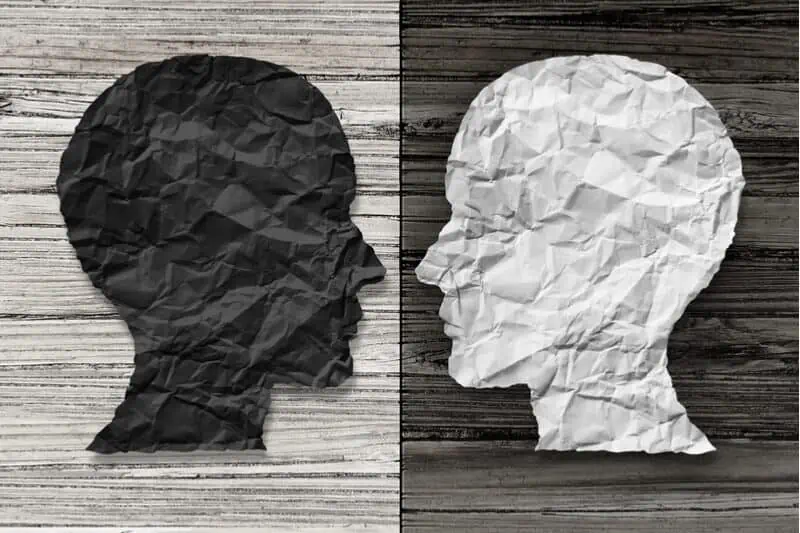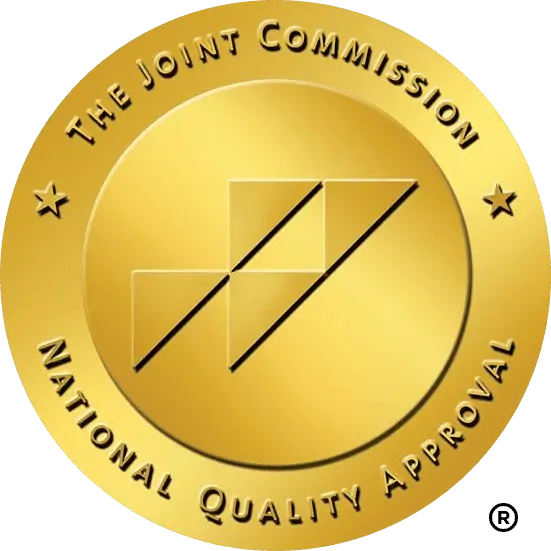While experts do not have a definitive explanation for how or why bipolar disorder is developed, they do, in fact, explain that there are factors that almost assuredly contribute to the development of this particularly complex and somewhat misunderstood neurological illness.
First off on our list is the most prevalently known contributing factor to bipolar disorder, AKA family genes. What’s more, genetic inheritance is almost always a contributing factor when it comes to manic depression. Consequently, it is for this reason that bipolar diagnosed-parents should be wary and observant of their own child as it is highly likely their child is either currently, or eventually will become, manically depressed themselves.
However, it should also be stated that a parent’s personal diagnosis does not guarantee their child will suffer from bipolar disorder as well. Still, if bipolar disorder runs in the family it is critical for parents to pay close attention to their child’s behavior, emotional state, and their moods. If a parent notices extreme changes, such as highs and lows, in their child’s otherwise healthy demeanor, it could be (or likely is) due to bipolar disorder-related symptoms.
Another potential developmental factor can be found in the structure of the brain. Scientists are finding more breakthroughs related to bipolar disorder each and every year by exhaustively researching and studying the neurological disorder.
Fortunately, this exhaustive research may one day help researchers and behavioral scientists find a cure for bipolar disorder, outright. Also, this research may help doctors to predict whether a person will get bipolar disorder. One day, doctors may even be able to prevent the illness in some people.
WHY IT’S CRITICAL FOR PARENTS TO RECOGNIZE THE SIGNS OF ADOLESCENT-BIPOLAR DISORDER
For adults living with bipolar disorder, life can be immensely frustrating and difficult at times. Be that as it may, attempting to delicately balance on the tightrope-like, razor-thin margins that are the manic and depressive moods of bipolar disorder in children is even more daunting and, if left untreated, downright dangerous, for teenagers live with on their own.
In light of this illuminating notion, it is critical that parents are able to recognize potential symptoms that could be indicative of a bipolar disorder diagnosis. By further understanding the potential signs of an untreated bipolar-diagnosis, parents of manically depressed youth will be more able to ensure not only the safety of their impulsive and emotionally volatile child but also, they will greatly improve their child’s likelihood of overcoming – or at the very least learn how to properly manage – their severe, brain illness.
The following is a list comprised of potential warning signs that could indicate a child may be suffering from an undiagnosed case of manic depression.
Potential Symptoms or “Warning Signs” of Bipolar Disorder in Teens:
- Intense feelings of mania
- Intense symptoms of depression
- Increasingly fast speech patterns
- Having an energetic disposition despite not having slept
- Engaging in impulsive and risky behaviors (drugs, alcohol, overt sexual promiscuity, stealing etc.)
- Loss of interest in activities and people that are typically highly appreciated and enjoyed
- Loss of energy
- Difficulty sleeping—either sleeping too much or not at all
- Changes in appetite—eating too much or too little
- Difficulty concentrating, remembering, or making decisions
- Suicidal thoughts
- Cutting, committing other acts of self-harm
To find out how Turning Winds can help provide a treatment plan for your teen struggling to manage their bipolar disorder, please Contact Us: 800-845-1380









